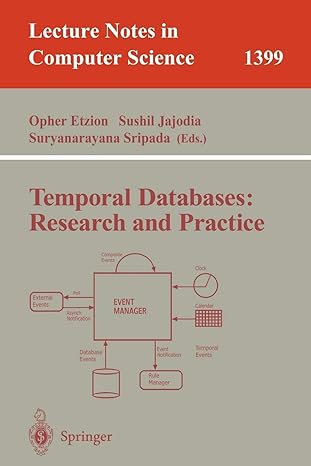Question
Program C++ In C++, you are implementing the vector class in the VectorStub zip. You need to implement all of the methods, and that's it.
Program C++
In C++, you are implementing the vector class in the VectorStub zip. You need to implement all of the methods, and that's it. You cannot add any new properties. Your solutions must conform to the Big O notations next to each method.
A few things to remember about templates:
- All the code is in the h file
- When testing a template, any method you don't call gets deleted. So make sure you test them all, or you might secretly have one that doesn't compile.
- If you make your Vector not a template (change all the T's to int or something) it becomes easy to test as long as you remember to re-template it. (VS has trouble autocompleting a template since the code doesn't exist yet.)
- I'm going to drop your vector in to my project, so don't bother changing main unless you want to test something differently.
The hard part of this is the memory management, so take special care with Reserve, the constructors, and the destructor.
Vector.h // I am going to match the names that STL uses so you don't get confused in the real world. I'm skipping operator [] for a specific reason that // doesn't come up for a few weeks.
template
T mUndefined;// Lots of STL functions say that doing something naughty gets "undefined behavior". It could throw, crash, make you eggs, or return nonsense. // Return this undefined one if anybody ever tries to go out of bounds.
public: Vector()// O(1) { mSize = 0; mData = nullptr; Reserve(15); } // Big 3 ~Vector() {
// Free all memory } Vector(const Vector
Step by Step Solution
There are 3 Steps involved in it
Step: 1

Get Instant Access to Expert-Tailored Solutions
See step-by-step solutions with expert insights and AI powered tools for academic success
Step: 2

Step: 3

Ace Your Homework with AI
Get the answers you need in no time with our AI-driven, step-by-step assistance
Get Started


